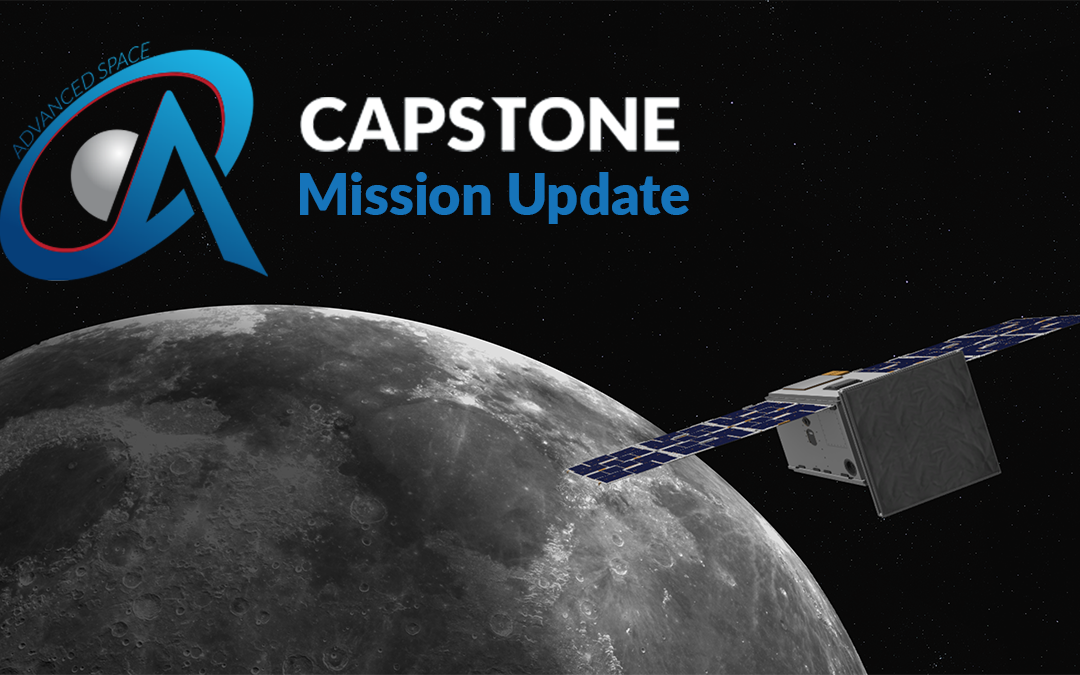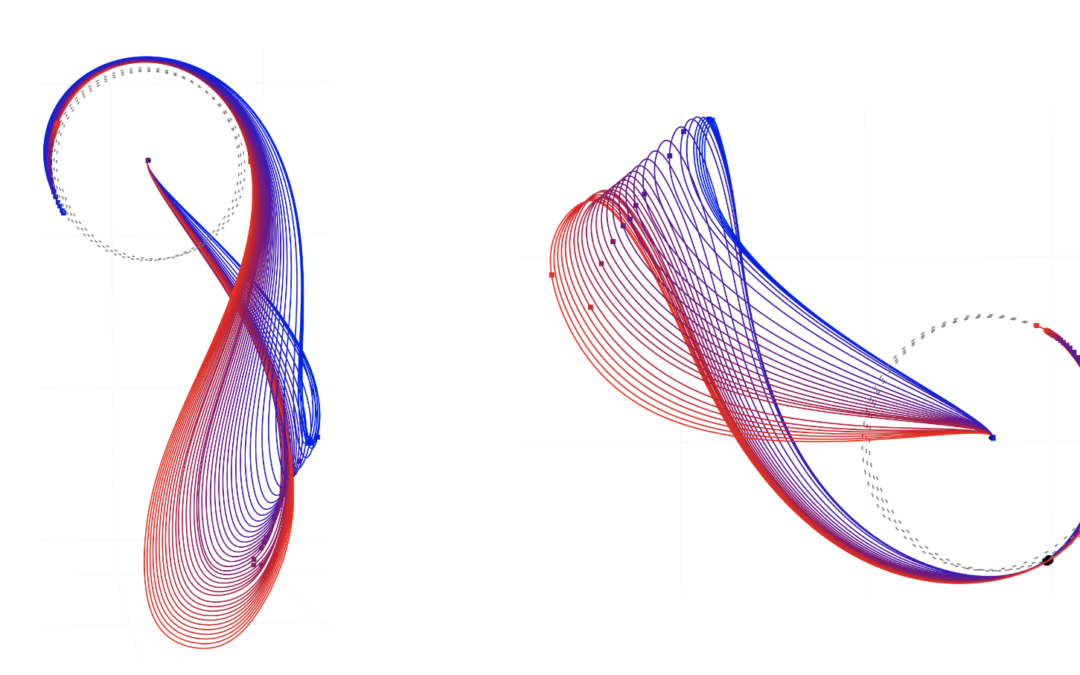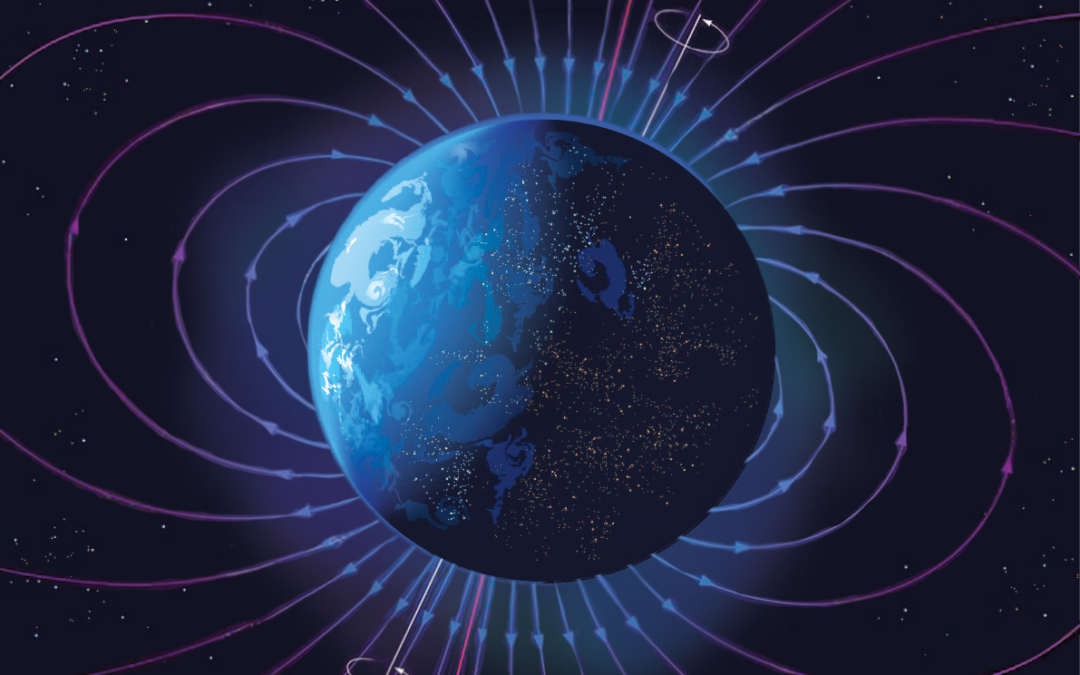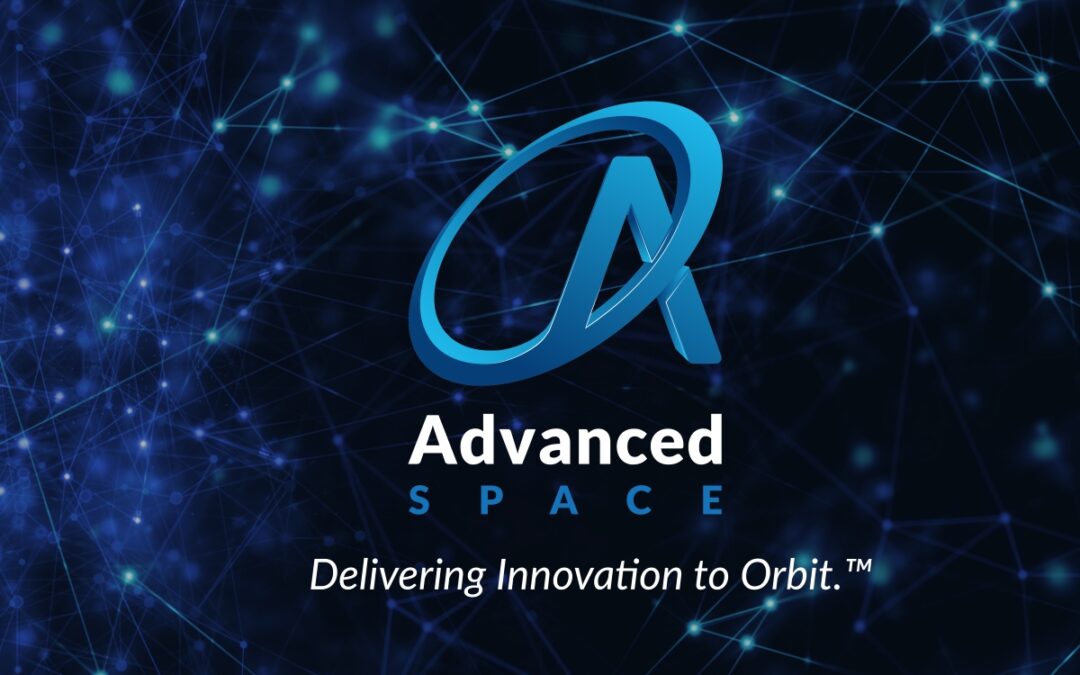
Aug 30, 2023 | CAPSTONE Mission
Serving as an orbital pathfinder for the Gateway, the Cislunar Autonomous Positioning System Technology Operations and Navigation Experiment (CAPSTONE™) spacecraft has operated successfully for almost 300 days. During that time, the CubeSat has demonstrated its key functions, entering and maintaining its unique orbit — a near rectilinear halo orbit (NRHO) — and operating a peer-to-peer navigation technology that incorporates relative tracking between two vehicles. (more…)

Aug 29, 2023 | Machine Learning & AI, National Security
Westminster, CO – Advanced Space LLC., a leading space tech solutions company, is pleased to announce that an Advanced Space-led team has been chosen to apply Machine Learning (ML) capabilities to detect, track and characterize space debris for the IARPA Space Debris Identification and Tracking (SINTRA) program. (more…)

Aug 28, 2023 | Flight Dynamics, Partners & Partnerships
For several years now, Advanced Space has analyzed orbital dynamics for the Lunar Gateway. Supporting the Gateway’s Mission Design and Navigation (MDNAV) team, located primarily at NASA’s Johnson Space Center, these analyses have helped inform station requirements; develop concepts of operations; plan for contingencies; and assist with other planning activities. Our experience with operating the CAPSTONE™ mission in the unique near-rectilinear halo orbit (NRHO) environment has enabled us to help NASA understand the best ways to operate spacecraft in that orbit. These results have been shared with the Gateway team and at industry conferences. (more…)

Aug 24, 2023 | Missions, Partners & Partnerships
Not so long ago (2022), Advanced Space collaborated with a team of science and engineering organizations to help design a science mission to study the effects of the biggest space weather maker in the solar system: the Sun. The mission concept, called Plasma Imaging, LOcal measurement, and Tomographic experiment (PILOT), is designed to measure the flow of cold, dense plasma into and out of Earth’s magnetosphere to better understand how the interaction between Sun and Earth’s planetary magnetic field defines the evolution of our planetary atmosphere. To measure these flows in real time requires a fleet of 34 satellites revolving around the Earth in two different orbits to capture plasma movement at different spatial and temporal scales.
(more…)

Aug 3, 2023 | Machine Learning & AI
Westminster, CO – Advanced Space LLC., a leading space tech solutions company, is pleased to announce that NASA has selected two of our new Phase I concepts under the Small Business Innovation Research (SBIR) program. (more…)




